Menu
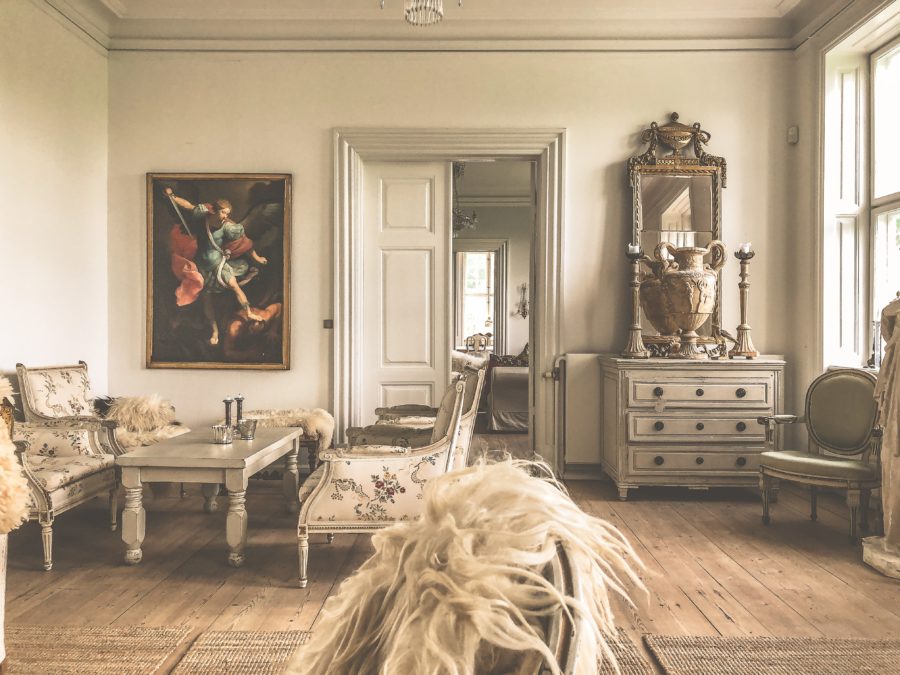
There is no better way to put a unique mark on a home than with beautiful antique furniture. Plus, the process of hunting for antiques is an exciting pastime that develops our knowledge of both art and history. In this guide, we’ll explain the in’s and out’s of buying antique furniture, where to find it, and how to invest wisely in high-quality pieces that will look right at home on your property.
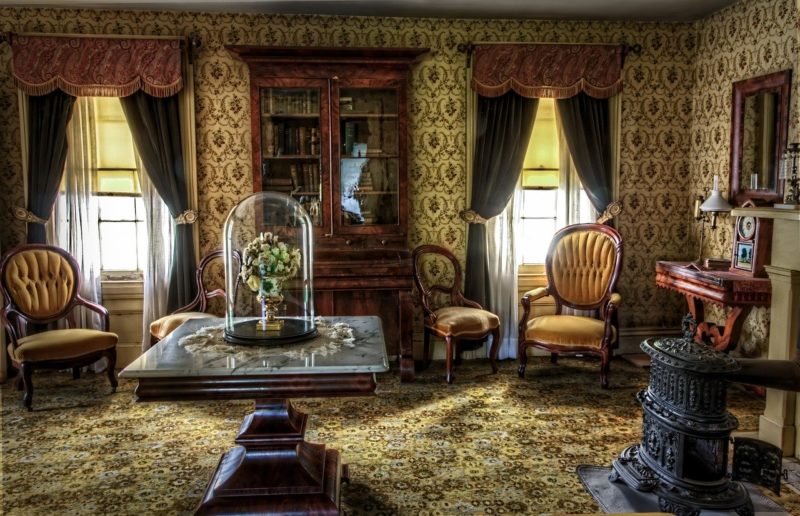
The word ‘antique’ refers to something made during an earlier period considered valuable due to its age, rarity, high quality or beauty. This definition leaves a great deal of room for interpretation, making it tricky to precisely determine what makes for an ‘antique’ piece of furniture. Experts in antiques agree that the term ‘antique’ should only be applied to items of furniture which are more than 100 years old. However, this rule may be broken in exceptional circumstances when the heritage of a piece of furniture is considered. If an item’s lifespan is greater than two generations, with a generation defined as 40 years, it may be deemed an antique at 80 years old.
Simply because a piece of furniture is old doesn’t necessarily mean it will be of value. It ought to have historical significance, which is to say that it should be notable in terms of representing or reminding us of a past era. Plus, it should be aesthetically valuable. This aspect doesn’t necessarily mean it must be beautiful since beauty is subjective, but it should have some artistic merit that could elicit pleasure.
When it comes to furniture, craftsmanship plays a significant role in determining aesthetic value and antique status. Pieces made by renowned designers or crafted with techniques that require a great deal of skill, such as tables with intricate carvings, are more likely to be valuable antiques than basic and utilitarian pieces of furniture.
Scarcity also plays a role when it comes to defining antique furniture. An item may be very old, but if it is one of the thousands that can easily be sourced up and down the country, it will not hold much antique value. Generally, the rarer an item is, the more valuable it is. When it comes to furniture, one-of-a-kind pieces or those made in very limited batches are the most sought-after antiques.
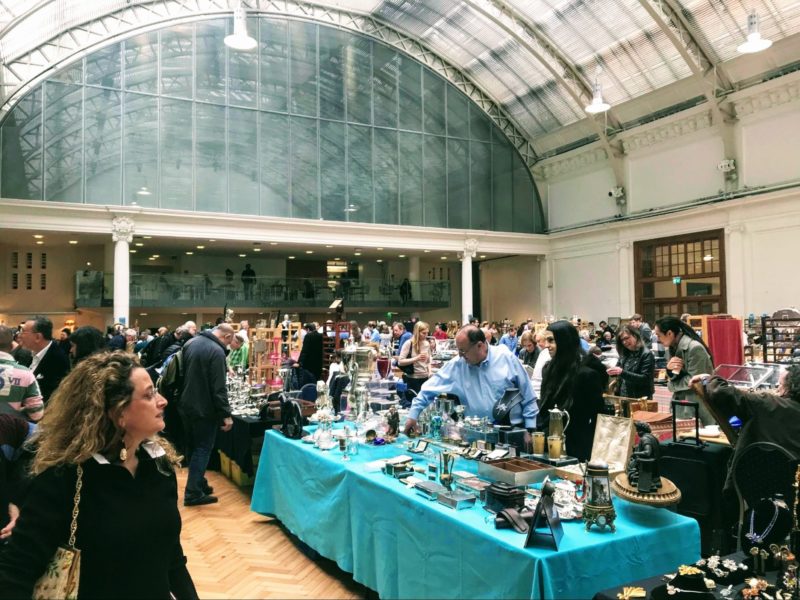
No matter if you’re hunting specifically for Victorian age antique wardrobes, or you’re open to any antique furniture so long as it captures your attention, be sure to have a strategy in mind before you start your search.
A great deal of the antique trade depends upon word-of-mouth. By making friends with dealers, restorations experts, and fellow antique enthusiasts, you can put feelers out into the community whenever you’re on the hunt for a particular type of furniture. Plus, you’ll learn a great deal about antiques from others, and the more knowledge you have, the better placed you are to not only discover fantastic pieces but to buy them for the best possible price.
The more you can learn about identifying antiques, the better. Teach yourself about the trends of different periods – what materials were used, what type of designs were popular, what types of furniture were common? With this knowledge, you’ll be better placed to identify authentic antiques versus replications or fakes. You’ll also begin to identify the value of different pieces better so that you can negotiate for the best price.
Remember that buying antique furniture takes time. If you’re looking for the perfect piece of furniture to fit into your home, you might find yourself searching high and low for weeks or months, but it’s worth the wait when you discover the right item. You might even find hidden treasures along the way. What if you set out looking for antique desks, and your hunt leads you to a collection of antique mirrors that seems just perfect for your home? Part of the fun is finding antiques that simply grab your attention and make you fall in love with them. Plus, the more time you spend hunting for antiques, examining different pieces, and chatting to dealers, the more you’ll develop your knowledge and expertise.
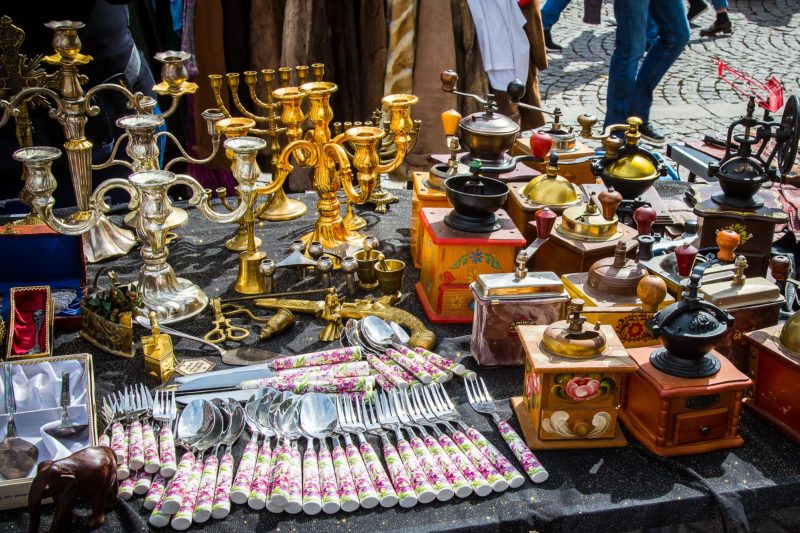
Britain’s love of antiques began as early as the 14th century when it became fashionable to collect decorative objects to display in the home. By the end of the Renaissance, it was common for the British elite to have ‘cabinets of curiosities’ filled with beautiful or meaningful objects. This movement developed into a desire to seek out and collect beautiful things from around the world and put them on display in galleries and museums.
During the 18th century, British interests turned towards learning about ancient Rome and Greece. Classical relics discovered during archaeological excavations were collected by British aristocrats travelling across Europe, and these quickly became highly sought after. Classic artefacts began to flow into Britain from Europe, and the antique market grew in what was known as the ‘Age of Decoration’. During this era, some of London’s most notable and prestigious antique dealerships and auction houses were founded, such as Spink, Christie’s, and Sotheby’s.
The real boom in antiques began in the 19th century when the Industrial Revolution changed manufacturing methods and buying habits. Middle-class Brits found themselves with higher disposable incomes and more leisure time to buy beautiful items, which led to higher demand for luxury antiques. Plus, mass production techniques made contemporary furniture more affordable and reduced the need for fine craftsmanship, making the intricately handmade items of days gone by seem more beautiful and desirable.
Gradually, antique collecting became something of a status symbol. Not only was a fine collection a sign of affluence, but a sign of knowledge and sophistication. Part of the charm of antiques is in the stories behind them, which continues to drive our love for antiques to this day.
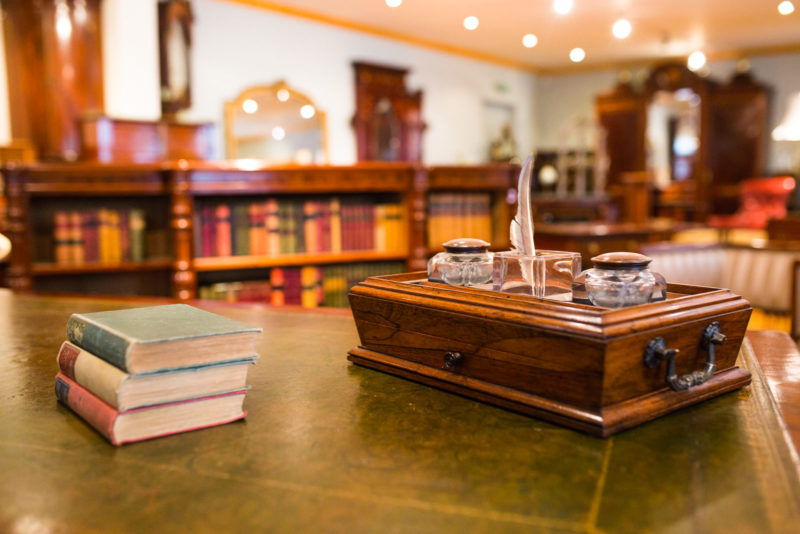
Many people associate buying antique furniture with investment, and this is certainly true. Antiques tend to grow in value as the years pass, particularly if they’re maintained well and remain in good condition. Unless crafted by a notable designer and manufactured in very limited numbers, new furniture will diminish in value as it ages. Still, classic antique furniture will only become more valuable the older it becomes. However, there’s more value to antiques than money. Buying antique furniture is a brilliant way to find unique pieces that express your style and add interesting focal points to your décor. Rarity is part of the nature of antiques, so when you buy an antique table or wardrobe, you can rest assured that nobody else – or very few other people – will own the same thing. Furthermore, antiques never go out of style.
The beauty of antiques is in their period style; you don’t have to worry about them falling out of line with current trends because they are beyond trends. A piece of antique furniture is a classic that you’ll want to display in your home for decades to come. There’s also a character in antique furniture which you cannot replicate with contemporary pieces. The origins and history of a piece of antique furniture plays a big role in its charm and is sure to spark conversation as you show guests around your home.
Quality is another factor that makes buying antique furniture a great choice. Compared to the mass-production manufacturing techniques of today, antique furniture tends to be incredibly well made using high-quality materials. When the furniture has stood for more than 100 years, this is a testament to its durability and quality.
Finally, antique furniture is a brilliant option for those who are environmentally conscious. By buying old furniture, you reduce the demand for new materials and do your part to minimise the catastrophic environmental effects of mass furniture production, which include deforestation and environmental pollution.
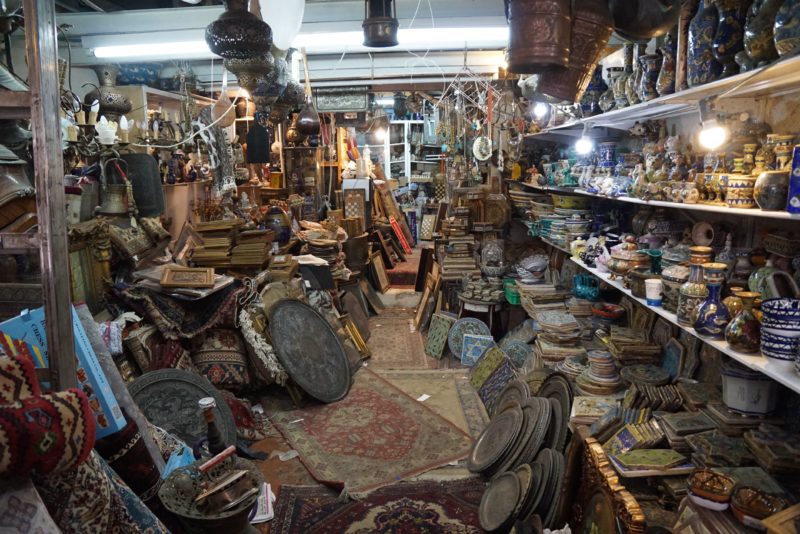
From shops to online auction houses, there are plenty of places to go hunting for antiques. The wider you cast your nets, the more exciting your discoveries will be.
Perhaps the most obvious place to search for antique furniture is in antique shops. Here, you can expect shop owners to know their stuff when it comes to antiques and will be able to ask plenty of questions about potential purchases. You might also be able to find antique furniture in secondhand shops or charity shops, and these places are fantastic places to discover hidden gems at bargain prices.
Many general auction houses sell items from house clearances, making them ideal for picking up fantastic pieces of antique furniture at affordable prices. More prestigious auction houses will have antique specialists at hand to appraise and catalogue furniture to ensure it is sold at a price that matches its worth. Bear in mind that there tends to be stiff competition when bidding; you have to have a firm maximum budget in mind and be quick off the ball.
If you’re looking for furniture from a specific designer or period, you could visit an antique dealer with specialist knowledge. Negotiating with dealers is not for complete beginners. You need some knowledge of antique furniture to ensure you don’t end up paying significantly more for something than it’s worth. However, once you connect with a dealer, you can have them keep an eye out for items that might fit the bill of what you’re looking for.
These places are treasure troves for antique furniture, provided that you don’t mind sifting through plenty of low-value junk before you strike gold. It’s not every day that you’ll find antique furniture with bargain prices at car boot sales and flea markets, but it is best to arrive early to get the pick of the stock to maximise your chances and be prepared to haggle.
Some antique dealers have online stores from which to buy. Plus, there are several auction websites where you can bid on antique furniture. The great thing about online antique shopping is that you can find pieces from all over the world. The major downside is an inability to see the piece in person before you buy. We’ll go into more detail about buying antique furniture online later in this guide.
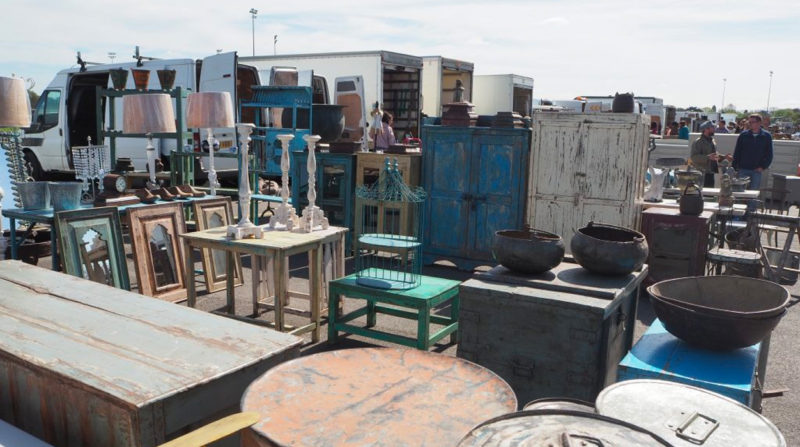
Try to get as hands-on as possible when searching for antique furniture. You’ll want to examine the piece closely for indications of age and quality. The following factors can help you to spot antique items.
The type of wood used in a piece of furniture can help you identify if it’s an antique and how old it is. Hundreds of years ago, it was not common to use expensive wood for parts of furniture that weren’t visible. Antique sideboards, for example, might feature cheaper varieties of solid wood for the backboard and bottom board. Meanwhile, modern reproductions will typically use the same type of wood or a modern composite material like chipboard for hidden parts such as the backboard. The wood varieties used can help you determine the age of a piece of antique furniture. For example, furniture made before the 1740s tended to use wood indigenous to Britain, such as oak and walnut. Mahogany only became popular after the 1740s when Britain began trading with the West Indies.
Antique chairs and sofas tend to be stuffed with natural materials such as wool and horsehair. Modern furniture is usually stuffed with foam and other manufactured materials. It is possible that an antique could have been refurbished with synthetic stuffing. Still, in this case, the piece might be less valuable than if the restorer used natural materials during the refurbishment.
Antique pieces tend to be constructed with dovetail, dowel, or mortise and tenon joints rather than with glue or nails. Furthermore, there are often slight imperfections in the joints due to the handmade construction. Joints can also help to identify or verify age because different types of joints were popular at different points in history. For example, Georgian era antique chairs were almost always made with mortice and tenon joints; if a different type of joint is visible on a purportedly Georgian chair, it is probably a reproduction rather than an original.
Phillips head screws were not invented until the early 1930s, so if you spot Phillips screws on a piece of furniture, it is unlikely to be an antique. Refurbishers might have used Phillips screws to refurbish an antique, but this indicates a poor level of refurbishment. The goal of refurbishment is to restore a piece of furniture back to its original glory, using materials and parts that match as closely as possible to those used in the original manufacture.
Antique furniture tends to have imperfections due to its handmade nature. Elements of perfection, such as highly symmetrical carvings and pristinely uniform joints, are indications of machine manufacturing and a sign that a piece of furniture is not old enough to be an antique.
New furniture smells of freshly cut wood or varnish. Antique furniture has an aged smell – something that is hard to pinpoint until you smell it! A visit to an antique furniture store will definitely give you an idea of the smell of antiques. However, the key thing to look out for is a fresh wood smell which indicates that a piece is far too new to be antique.
It makes sense that a very old piece of furniture will have signs of use. Antique tables, for example, will feel very smooth and silky on the top as the surface of the wood has been gently worn down over the years. On the underside edge of antique tables, you will also likely notice a waxy rim where fingers have repeatedly touched it. You might notice similar signs of use on the arms of antique chairs or around the handles of antique cupboards and cabinets.
Some pieces of antique furniture are labelled, signed or stamped by the original designer, which not only proves age but could also help you to delve into the history of an item. You might have to search closely for an identifying mark. For example, on an antique chest of drawers, a stamp might be found on the back or underside of the drawers themselves. If you do spot a label, make sure it has a similar level of wear as the piece of furniture; if it looks too pristine, it might be a sign the label is fake. Bear in mind that stamps and labels only started to become very common on furniture from the 1800s, so you might not find them on older pieces.
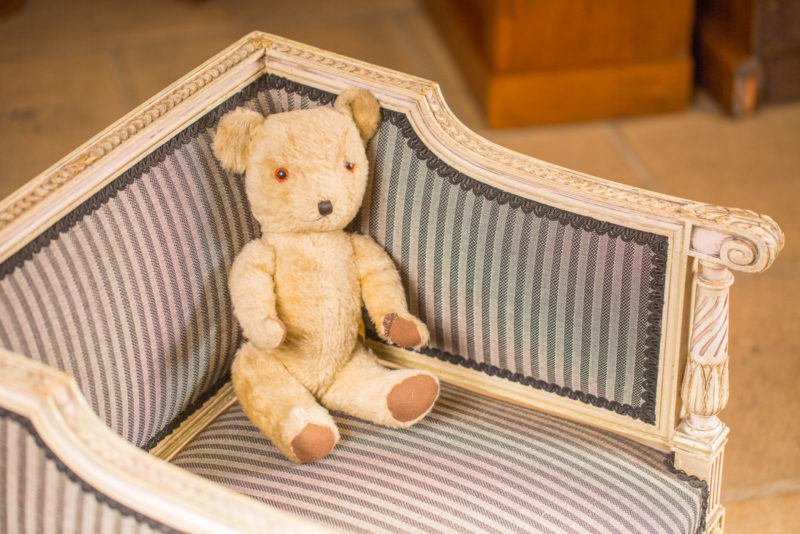
When considering the purchase of an antique and deciding how much you’re willing to pay for it, there are many factors that must be considered.
It does not follow that the older an item is, the more valuable it is. Very old items are often rare because similar pieces of furniture will have been lost, destroyed or left to ruin over the centuries. However, it is the rarity rather than the age which determines value.
Learning about the history of ownership of an item will not only help you to determine its origin and worth, but it could also add to its value. If an antique piece of furniture has an interesting or historically significant past owner, it is likely to be worth more. As well as understanding where and by whom it was designed, try to find out things such as who commissioned it, its original purpose, and where it found its first home. Was it once installed in a building of significance or part of the estate of an important family? Stories often make antique furniture pieces more interesting and therefore more sought-after.
The condition of an antique plays a major role in its value. With furniture, you should look out for problems such as rot, woodworm, scratches, dents and scrapes on wood, discolouration and rust on metal parts, holes, stains and decay on upholstery, cracks in glazed panels, and missing parts. If a piece is in very bad condition but is incredibly rare, it will likely hold plenty of value. For less scarce furniture, good condition is important.
Sometimes antique furniture is restored to its original glory, and this can improve its value. However, restoration must be carried out to a high quality. Before purchasing restored antique furniture, ask the dealer about the restoration procedures used. If you are new to furniture restoration and have bought an antique piece that’s in bad condition, be sure to consult an experienced artisan if you want to improve the item’s value. A poor restoration could diminish an item’s worth.

Some people live for negotiation when it comes to buying antiques, but it is a source of stress for others. How do you make sure you get the best price when valuing antiques is such a complex process? The more knowledge you have about antiques, the more confident you will feel in negotiating, so look at it as a learning curve. Here are some tips on haggling for antiques.
Antique dealers tend to be incredibly passionate about the industry, and they love it when their antiques find great homes. In fact, many are more likely to give better prices to those who have genuine love and passion for an item. Tell a dealer what you love about a piece of furniture, ask plenty of questions about it, and build a friendly rapport. Plus, you might find yourself trading with them or contacting them for advice at some point in the future, so it’s always good to make friends right from the off.
If you go straight in with an offer far lower than the asking price, a dealer is unlikely to take you seriously. Even worse, they might be insulted. After all, they have to make a living, and they simply can’t afford to let furniture go for significantly less than what it’s worth. In understanding the value of an antique, you demonstrate that you have genuine knowledge and passion about the industry, which will go a long way in a fair negotiation. A discount of up to 15% tends to be reasonable, but there could be even more leeway on very high-value items.
Dealers will often be open to discounts if you’re purchasing several items at once. This is because they’re happy to turn over several pieces of stock in one transaction. When you visit a shop or dealer, be sure to take your time looking around to see if anything else catches your eye before you buy. You could also keep buying items until you are ready to look for more than one thing.
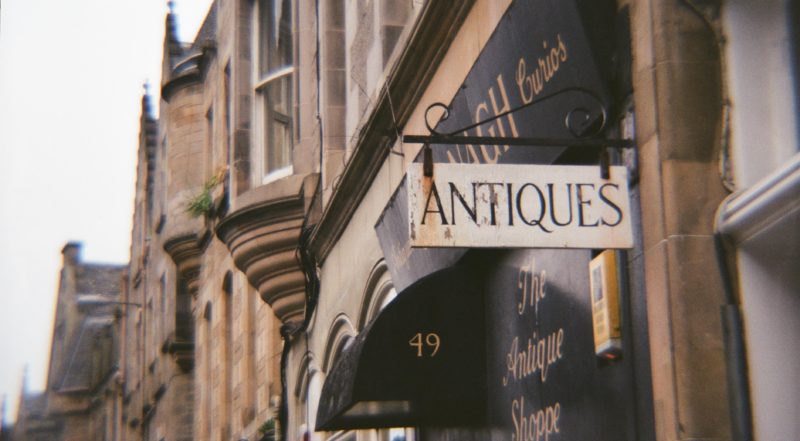
Before you set out hunting for antiques, keep in mind these few extra tips and tricks, which might just help you to discover hidden gems or save a little cash along the way.
Most antique dealers prefer cash purchases and might be more likely to offer discounts to cash buyers. They might also be tempted to round their prices down to whole notes to avoid dealing with change, which could help you save a few pounds here and there.
Antique dealers and shops located in smaller towns in the countryside tend to have lower prices than in the city because their overheads are lower. Furthermore, they are likely to have less footfall, meaning the best finds won’t get snapped up as quickly.
Antique fairs are a great way to visit multiple different dealers and compare the condition and quality of similar items at one time. Plus, you’ll likely learn a great deal from talking to other antique enthusiasts at these events, so go armed with plenty of questions and enjoy the process.
Part of the appeal of buying antique bookcases, chairs, tables, and other furniture is the potential for the items to grow in value over the years. However, you shouldn’t be swayed into a purchase solely for this reason, at least not until you have developed a very strong knowledge of antiques and feel like dipping your toe into the world of selling. Although antiques are classics, trends within the antique industry influence demand for certain types of products. When it comes to turning a profit, you might be waiting for years for the most suitable time to sell. For this reason, buy items that you truly find beautiful and which you’ll enjoy looking at for years to come.
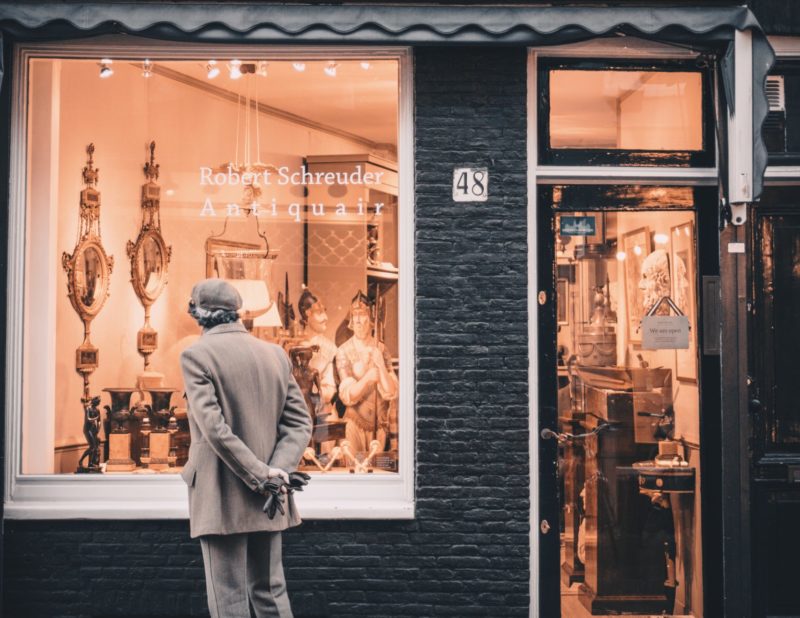
When you buy in person, you have the opportunity to get up close and personal with potential purchases. Inspect furniture closely for indications of authenticity and age, making sure to open all doors and drawers in antique desks, cupboards, wardrobes and sideboards. Don’t be afraid to peer at the underside of items where possible, and ask dealers for help if needed. Antique stores can be busy and cluttered, which is a part of their charm. Take your time walking around so that you don’t miss anything. You never know what might catch your eye.
If you see signs of damage and wear on a piece of furniture, point this out to the dealer during the negotiations stage. They may have already factored it into their price, but you might be able to use it as an opportunity for a slight discount. Finally, think about how you will get your antique furniture home. Dealers sometimes offer delivery services but are sure to ask about the delivery cost as it might be cheaper to arrange your own.

More and more dealers are choosing to sell antique furniture online because they can reach a much wider range of customers. The same is true for consumers who have the opportunity to browse and purchase products from dealers all over the world. However, the major downside of online antique hunting is the inability to see the products in person before purchasing. Here’s what to consider when shopping online for antiques.
When listing items for sale online, antique dealers ought to answer all the questions that customers would likely ask in person in the product description. Try looking for details like estimated age, period style, materials, ownership history if available, and restoration if applicable. If you notice any of these details missing, contact the retailer for more information.
Avoid buying items with vague condition descriptors, such as “used” or “good”. Instead, you want to know exactly where there are marks, dents, scratches or other areas of damage. Descriptions should also list the product dimensions so that you can ensure the piece of furniture fits in your property. Look at photographs carefully.
Reputable sellers will be honest about a product’s condition and point out signs of wear and tear in their photography. Bear in mind that photographs don’t always give an accurate impression of colour. You might be able to ask the dealer if they can send photographs taken in different types of lighting to get a better idea of the true colour.
Make sure a seller is using a reputable delivery service, and if the item is of a high value, make sure it is sent via recorded delivery so that you can rest assured no one but you will sign for it. Shipping costs for large, bulky items of furniture such as antique desks and dining sets can be incredibly expensive, so factor this into your budget before you start shopping online.
Reputable sellers understand that until you see an antique in person, there is a possibility that it might not be right for you. That’s why good sellers try to give honest and accurate information upfront; they don’t want the hassle or expense of processing returns. Good sellers will have a returns policy in place, but it’s also important to know your rights. UK Consumer Contracts Regulations state that you have a right to cancel an order up to 14 days after receipt of goods. Moreover, you then have an additional 14 days actually to return the goods after deciding to cancel. Bear in mind that you will have to cover the costs involved in returning the item if you choose not to keep it. That is, of course, unless the item does not match the description given at the time of purchase, in which case the seller should cover the cost of returns. Under the Consumer Rights Act, you have 30 days from receipt of an item to request a return if you deem it to be not as described.
Antique side boards and chiffoniers
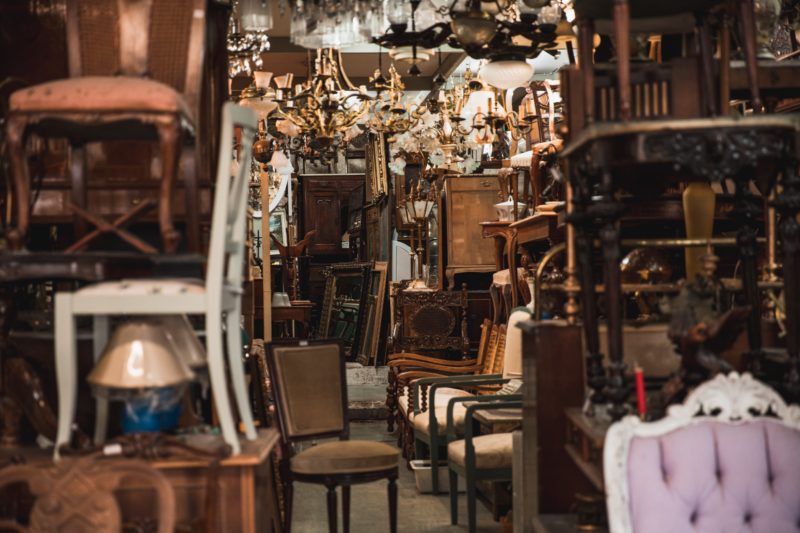
Antique tends to be defined as anything older than 100 years, while vintage is generally anything younger than 100 years and older than 20 years. A piece of furniture from the 1970s, for example, would be deemed vintage rather than antique.
Retro furniture is that which references historical style but is not itself actually old. Antique furniture is that which was manufactured many years ago. The term ‘retro’ could be applied to pieces of furniture that were inspired by styles of the past or to modern recreations of classic or iconic pieces of furniture from bygone eras. You might also see the term ‘vintage-inspired’ used to describe new furniture inspired by past styles.
There’s an awful lot to learn when buying antique furniture, but the main thing to focus on is enjoying the learning process and discovering pieces of furniture that you truly love. Be open-minded in your approach to the search and strive to make friends, and you’ll soon find yourself hooked on the process of hunting for antiques that will bring classic style and beauty to your home.
View the selection of antique furniture we have for sale.
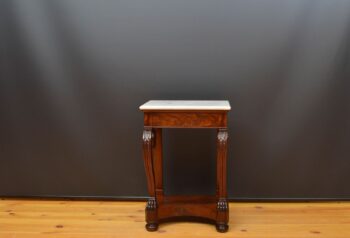 Antique mahogany console table
£2,250.00
Antique mahogany console table
£2,250.00
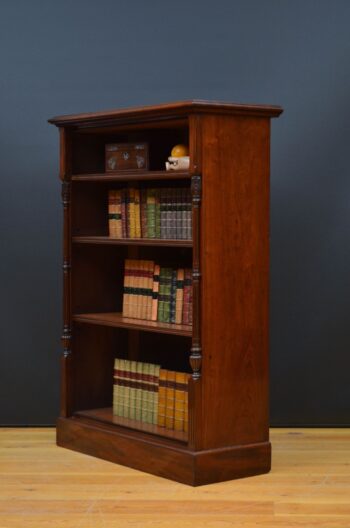 Victorian mahogany open bookcase
£1,685.00
Victorian mahogany open bookcase
£1,685.00
 Victorian Walnut Open Bookcase
£1,650.00
Victorian Walnut Open Bookcase
£1,650.00
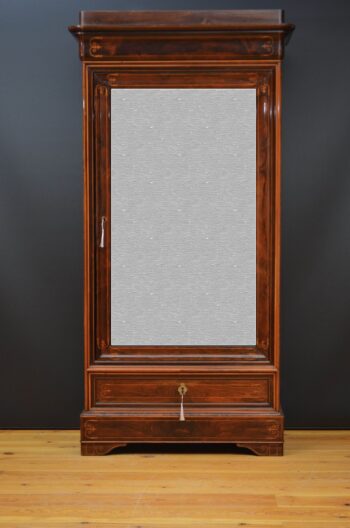 Antique French Rosewood Wardrobe or Bookcase
£2,500.00
Antique French Rosewood Wardrobe or Bookcase
£2,500.00
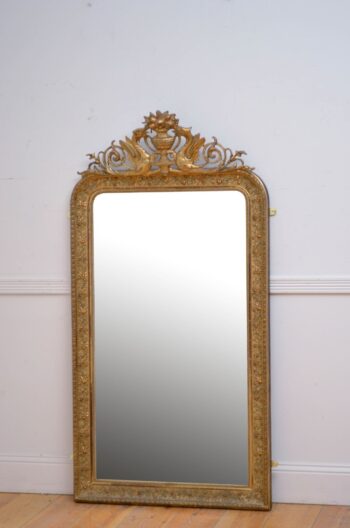 French 19th Century Gilded Pier Mirror H161cm
£2,600.00
French 19th Century Gilded Pier Mirror H161cm
£2,600.00
| Cookie | Duration | Description |
|---|---|---|
| cookielawinfo-checbox-analytics | 11 months | This cookie is set by GDPR Cookie Consent plugin. The cookie is used to store the user consent for the cookies in the category "Analytics". |
| cookielawinfo-checbox-functional | 11 months | The cookie is set by GDPR cookie consent to record the user consent for the cookies in the category "Functional". |
| cookielawinfo-checbox-others | 11 months | This cookie is set by GDPR Cookie Consent plugin. The cookie is used to store the user consent for the cookies in the category "Other. |
| cookielawinfo-checkbox-necessary | 11 months | This cookie is set by GDPR Cookie Consent plugin. The cookies is used to store the user consent for the cookies in the category "Necessary". |
| cookielawinfo-checkbox-performance | 11 months | This cookie is set by GDPR Cookie Consent plugin. The cookie is used to store the user consent for the cookies in the category "Performance". |
| viewed_cookie_policy | 11 months | The cookie is set by the GDPR Cookie Consent plugin and is used to store whether or not user has consented to the use of cookies. It does not store any personal data. |